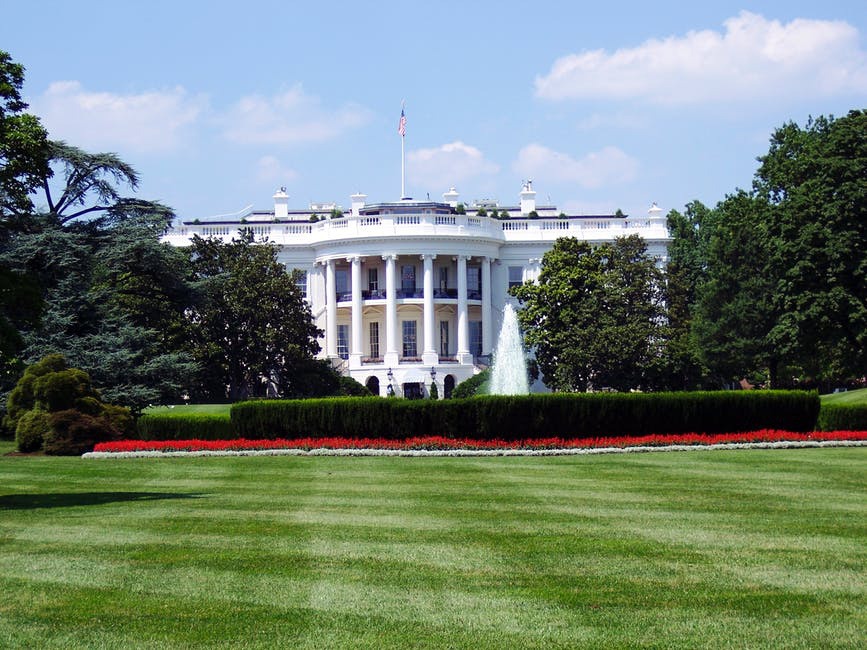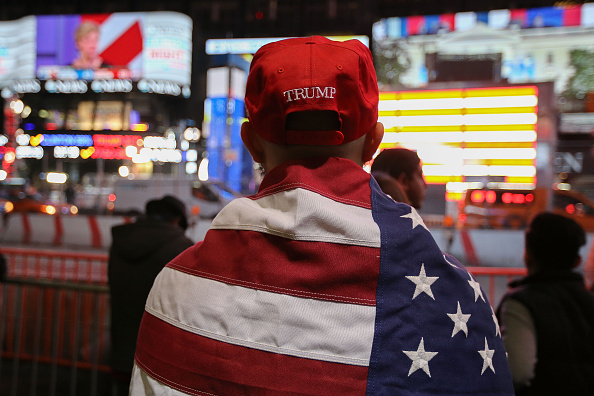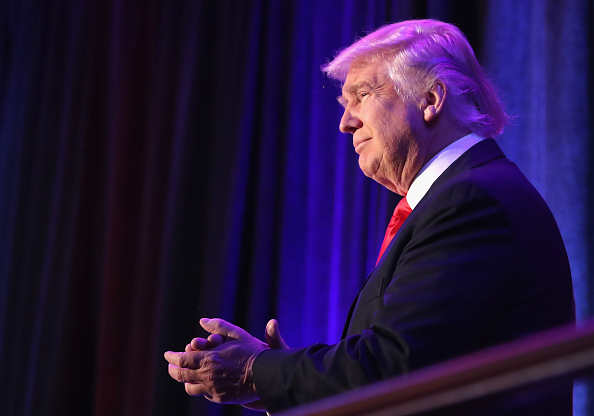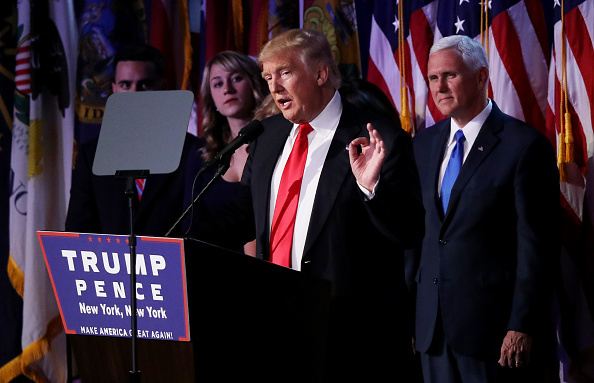
Pexels

Pexels

Nov 09 | 2016

Nov 09 | 2016

Nov 09 | 2016

In a well-publicized poll last September, Donald Trump appeared to be winning over small business owners by a pretty comfortable margin. This was seen, by many, as a response to Obama-era anxieties over issues like a raised minimum wage, health care, and concern with government over-regulation. Yet many experts, like the generally unpolitical Rhonda Abrams,

Nov 09 | 2016


In perhaps the most startling presidential election in U.S. History, Donald Trump, once-underdog, once-reality man, we will now be calling president. After a perilous fight against Hillary Clinton, Trump supporters are ready for change. And they want it now. Throughout his campaign, Trump been infamous for his strong opinions, the center of which revolves around